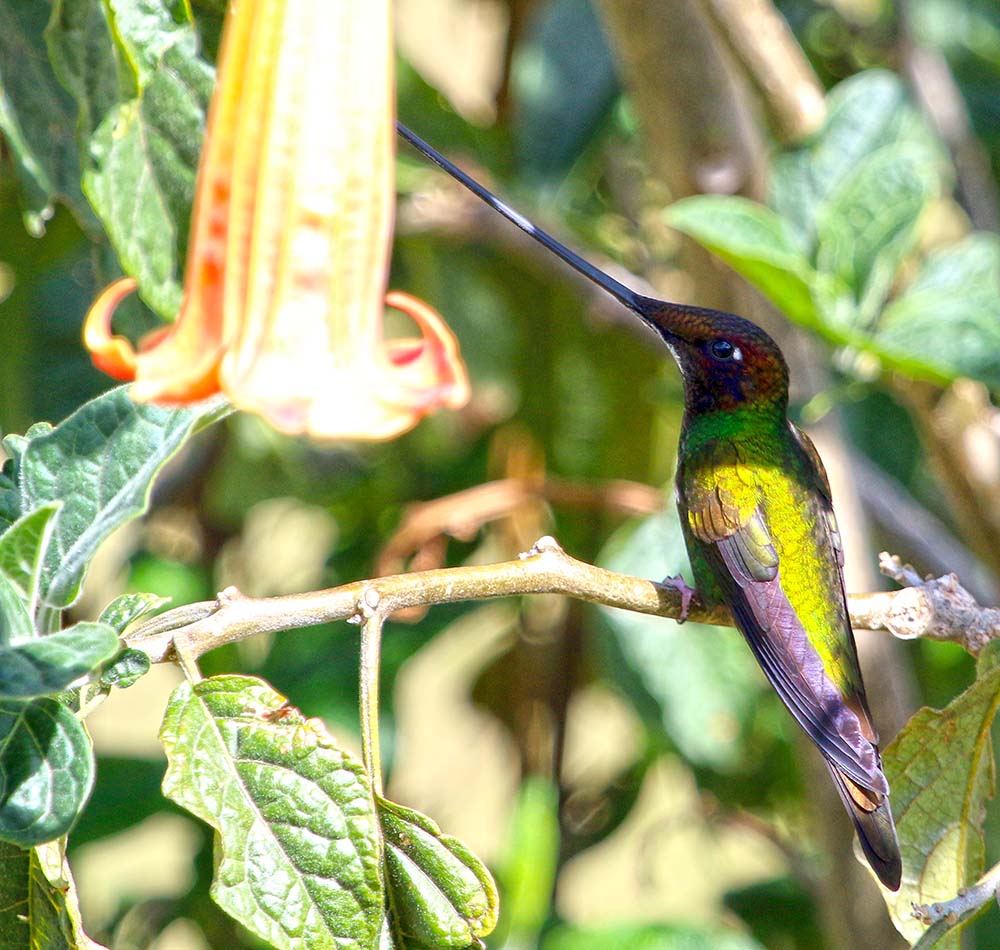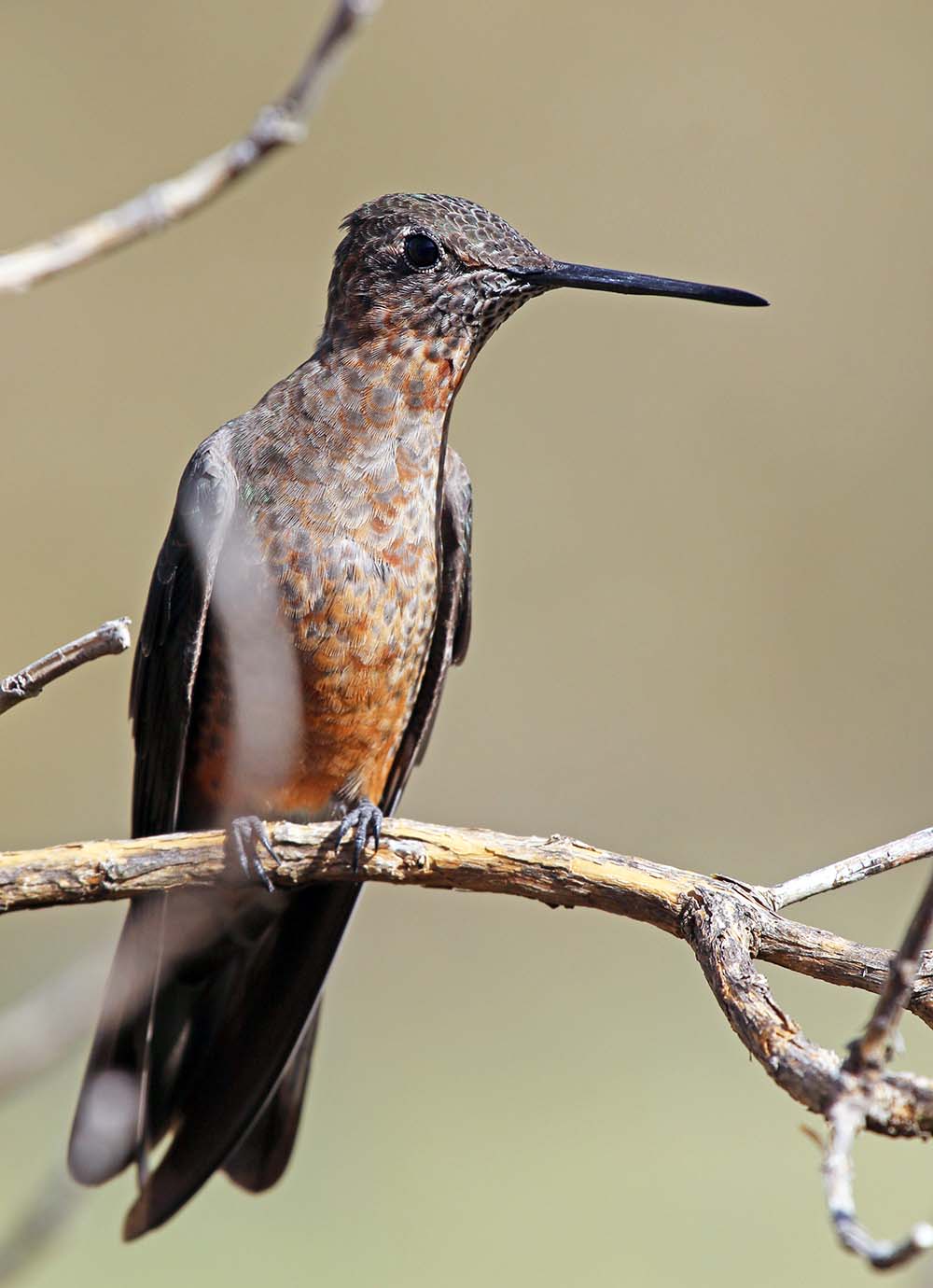ecosystem-guides.com
....exploring the planet's ecosystems
NEOTROPICAL
Montane Grassland & Shrubland
Paramo & Puna
Welcome to the top of the Americas! The slopes, open grasslands, shrublands and edge of the forest along the Andes are home to fascinating plants and lots of endemic animals...


There are lots of beautiful and unusual flowers in the highland grasslands, scrublands and forest edges.

 Valeriana rigida
Valeriana rigidaOne of the most distinctive groups of flowers in the Neotropical highlands are the Fuchsia. Almost all of the 100 plus species are found in South America (with a few outliers all the way to New Zealand). Many species are now cultivated in temperate gardens around the world.
 Fuchsia boliviana (near Cusco, Peru)
Fuchsia boliviana (near Cusco, Peru)Most gulls are of course coastal animals, but high in the Andes is the Chroicocephalus serranus, 'Andean Gull'. (They may spend their winter on the coast).
 Andean Gull
Andean GullCaracara are common over much of South America. Phalcoboenus carunculatus, 'Carunculated Caracara' (trying saying the name of this bird three time fast!) is found only in the mountain grasslands & shrublands of Ecuador and Colombia.
 (Tambor Condor, Ecuador)
(Tambor Condor, Ecuador)One of the most distinctive group of birds in the Neotropics are the hummingbirds. There are a number of species endemic to the higher country. One of the most distinctive high country hummingbirds is the Ensifera ensifera, 'Sword-billed Hummingbird'. As suggested by the name, the bill is very long; the only bird that has a bill longer than it's body. It looks absurd, and the bird can not preen with it's own bill like most birds, but must use it's feet. When it perches, it is usually with the bill pointing upwards. They mostly feed on the nectar from flowers in the genera Datura and Passiflora, especially 'Curuba' Passiflora mixta, which it is thought to have co-evolved with. The bird is found in montane forest and shrublands in the Andes.
 the sword-billed Hummingbird has a bill a metre long! No, just kidding. (Tambo Condor, Ecuador)
the sword-billed Hummingbird has a bill a metre long! No, just kidding. (Tambo Condor, Ecuador)Another distinctive highland species is Patagona gigas, 'Giant Hummingbird'. It is plain brown with rufous underbelly. As the names suggests, this is the largest of all hummingbirds; it is about the size of an European Starling, but is much lighter. It is found on the edge of the montane forest and in shrublands in the Andes.
 the Giant Hummingbird is about the size of a duck! No, just kidding again, sorry. (Tambo Condor, Ecuador)
the Giant Hummingbird is about the size of a duck! No, just kidding again, sorry. (Tambo Condor, Ecuador) 'Hooded Siskin', (Cusco, Peru)
'Hooded Siskin', (Cusco, Peru) 'Golden-beaked Saltator', (Cusco, Peru)
'Golden-beaked Saltator', (Cusco, Peru)The classic mammals of the high Andes are of course the Llamas. This species was domesticated from the wild Guanaco.

In the Chinchilla family are the Viscacha; they look like rabbits, but are not related, and are in fact a type of rodent. They have the ears of a bunny and the tail of a squirrel; that makes them cute twice!
 'Northern Viscacha', (Machu Picchu ruins, Peru)
'Northern Viscacha', (Machu Picchu ruins, Peru)Places to enjoy the mountains of tropical America...
In Ecuador, there is Antisana Ecological Reserve and Tambo Condor (lodge).
In Peru there is Cusco and Machu Picchu.
 The author Damon Ramsey looking for Andean Condors (2015)
The author Damon Ramsey looking for Andean Condors (2015)


